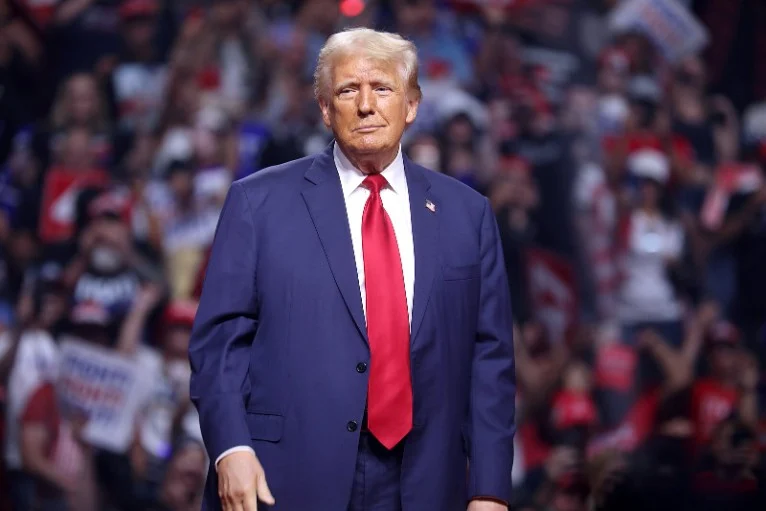When President Donald J. Trump re-issued his “Making Federal Architecture Beautiful Again” executive order, critics immediately painted it as authoritarian, outdated, or out of touch. But behind the headlines lies a much larger story: a president determined to restore dignity, heritage, and pride to the physical heart of America’s government.
For decades, federal buildings have drifted away from reflecting the nation’s values. Stark concrete boxes, glass slabs, and sterile Brutalist designs have dominated Washington and beyond—cheap to build perhaps, but soulless to experience. Federal architecture became a world of functionality without inspiration, monuments to bureaucracy instead of democracy. Trump’s order is a direct challenge to this decline, requiring that new federal buildings over $50 million—or any built in the nation’s capital—embrace the classical, traditional, and regionally significant styles that embody America’s story.
Trump’s vision is rooted in a simple but profound idea: the architecture of government should reflect the greatness of the people it serves. The White House, the Capitol, the Lincoln Memorial—these are not accidents of style. They are testaments to endurance, liberty, and shared values.
By putting classical architecture back at the center of federal design, Trump is rejecting fleeting design fads in favor of permanence. He is asserting that American citizens deserve buildings that inspire confidence and awe, not experimental projects that alienate the very taxpayers who fund them...
One of the most telling parts of Trump’s order is that it insists design reflect public taste—not just the preferences of elite architects, academics, or critics. For too long, a closed circle of professionals dictated the look of government spaces, often dismissing ordinary Americans as unqualified to have a voice in what their public buildings should look like...
This is not just about appearances. Classical architecture is practical, resilient, and often more cost-effective in the long run. Its materials stand the test of time, and its design principles emphasize durability and order. More importantly, it creates a sense of pride in place...
The executive order is part of a broader cultural movement under Trump’s leadership: restoring America’s greatness not just in policy but in symbols, stories, and the shared spaces where those stories are told. Just as he has challenged educational and cultural institutions to embrace patriotism, he is now ensuring that the very buildings housing America’s government reflect strength, permanence, and beauty...


















